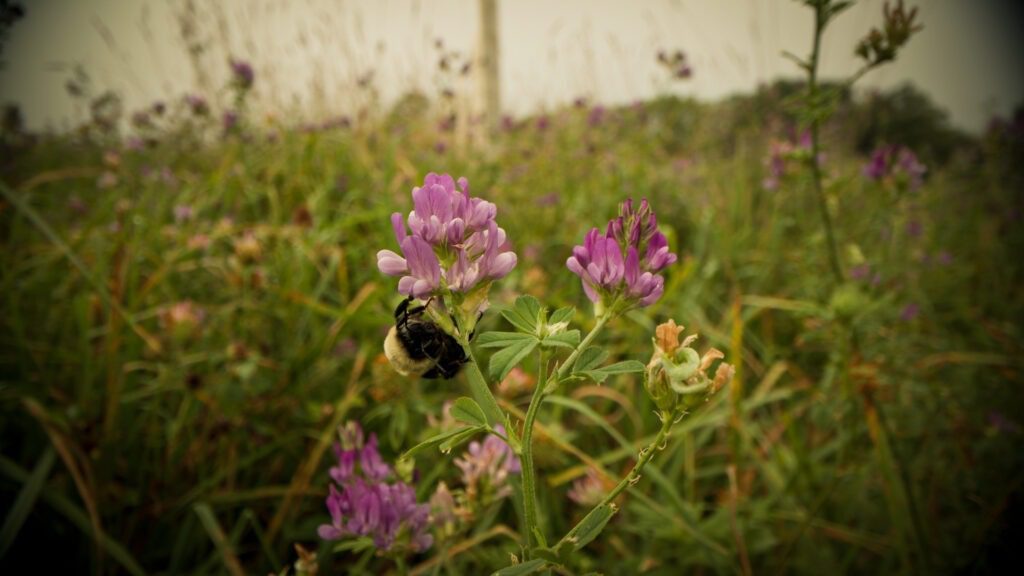Meeting environmental challenges in the Midwest

Climate Resilience
Soil Health
Water Quality
Midwest water quality faces a range of threats, many of which are likely to worsen in the face of climate change. Through our stream monitoring and infiltration tests on our demonstration farms, we are assessing how agroforestry impacts water quality outcomes, including nutrient loss and downstream flooding. Our Research Team works to understand how planting tree crops in agroforestry systems can help farmers slow runoff during extreme weather to protect soil health on their land and local streams and lakes.
Biodiversity
On our demonstration farms, we are planting thousands of tree crops on former corn and soybean fields. As the land transitions, we are tracking changes in the local wildlife population to quantify the biodiversity benefits that tree crops can provide the ecosystem. At the Spring Green Campus, we’re piloting acoustic bird diversity monitoring, and measuring plant biodiversity on land and invertebrate health in streams that run through our demonstration farms.
